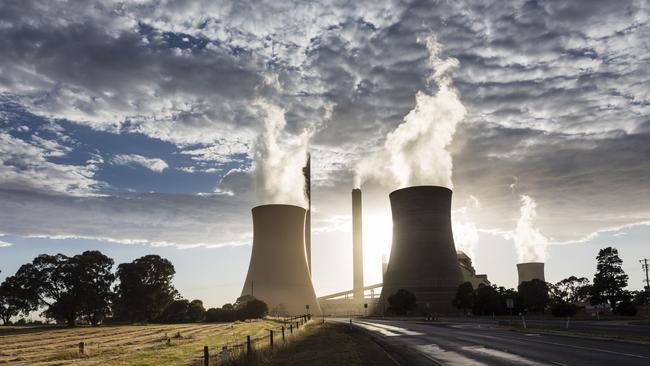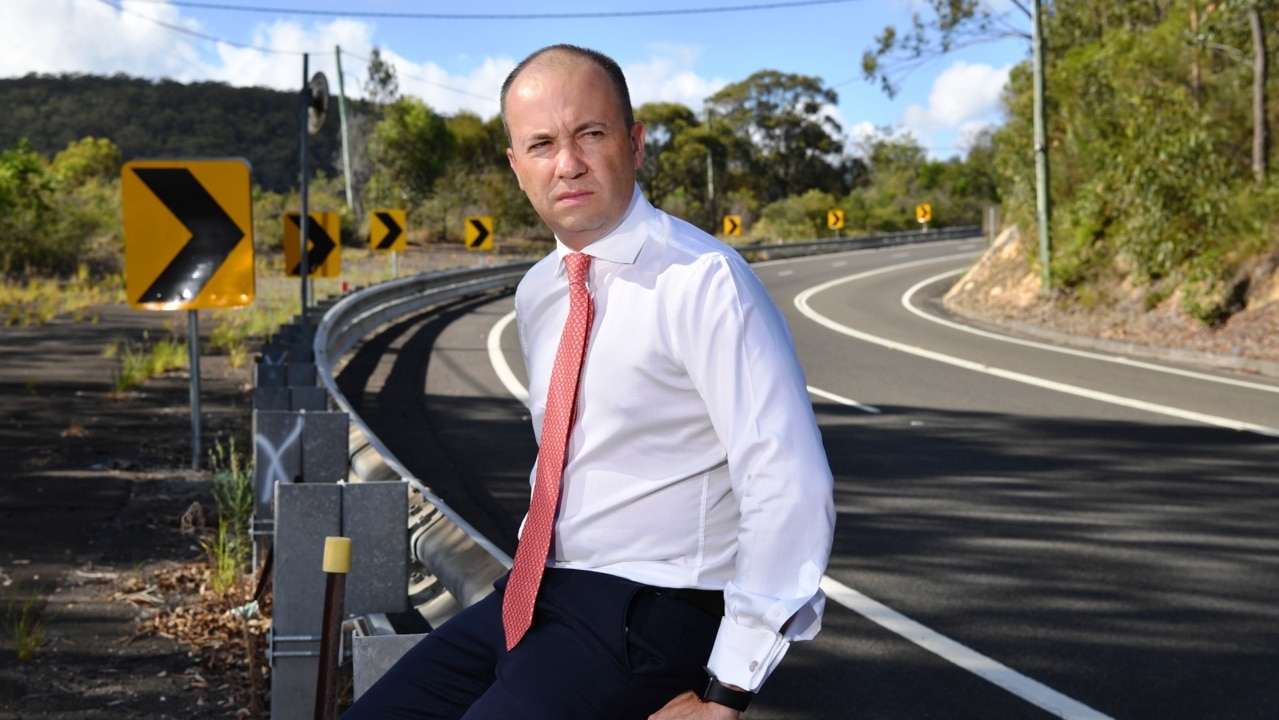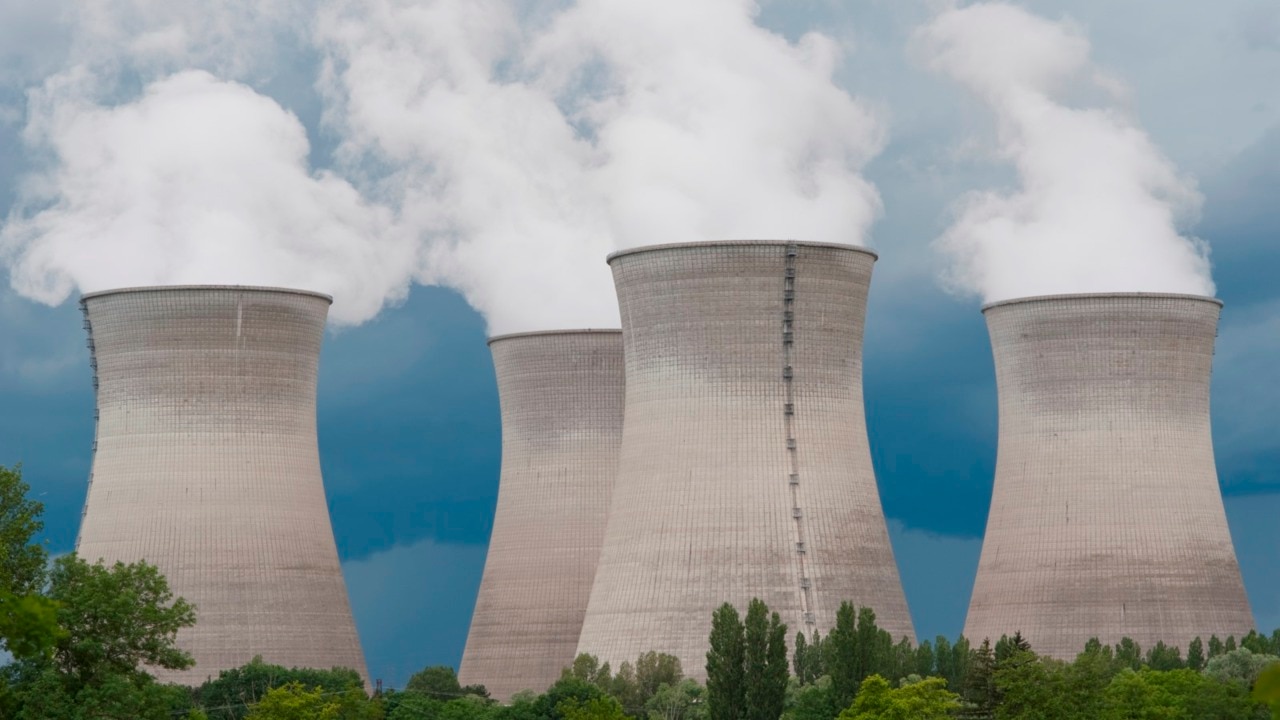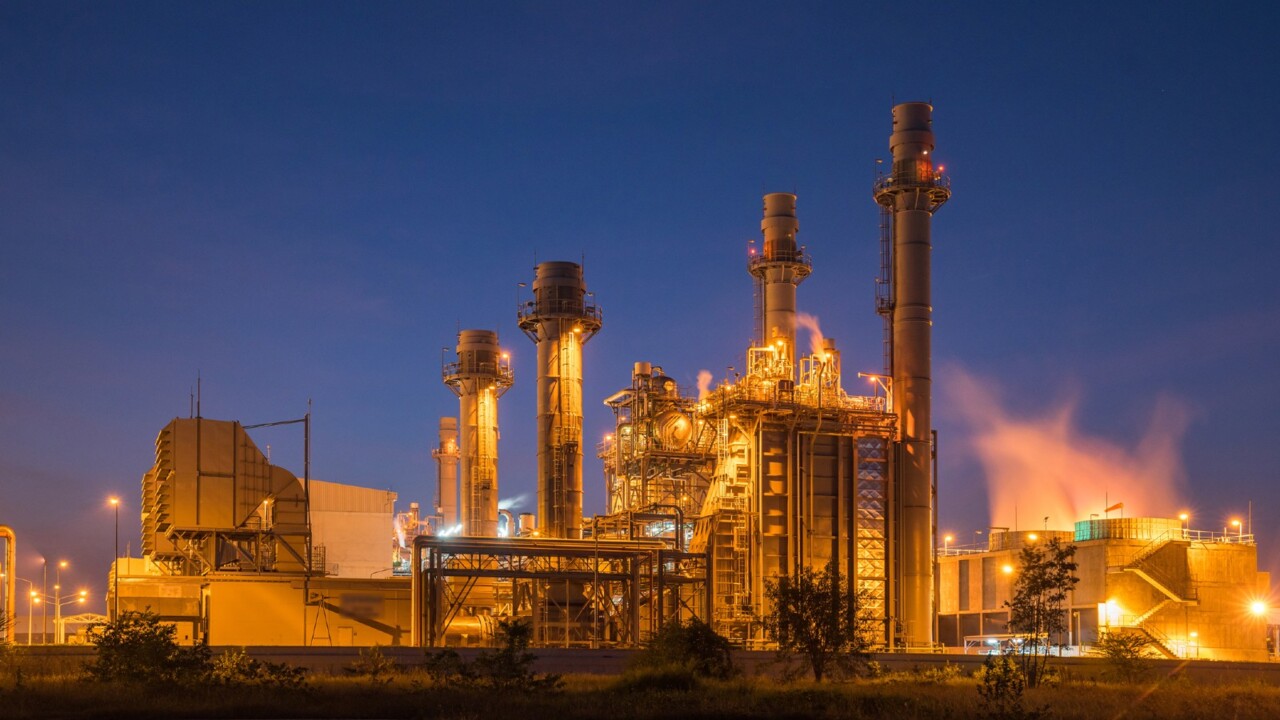States get power to decide on energy needs
Individual states and territories will decide whether to exclude coal and gas power from a temporary capacity mechanism.

Individual states and territories will decide whether to exclude coal and gas power from a temporary capacity mechanism, designed to secure enough baseload generation until the transition to renewables and storage is complete.
The Energy Security Board’s draft capacity mechanism, to be released within two weeks, is understood to be based on a technology-neutral model and will not endorse subsidies to keep coal-fired power stations and gas in the system longer than needed.
The ESB brief from federal, state and territory ministers is that the capacity mechanism should not conflict with ambitious renewables and storage targets, and that different jurisdictions can opt in to preferred technologies.
Energy ministers are keen to avoid costs being passed on to customers when energy retailers lock in long-term electricity supplies under a capacity mechanism, which other countries facing supply pressures have adopted.
Amid an east coast electricity crisis fuelled by global factors and outages across the National Electricity Market, more coal-fired power capacity will come online this week to reduce the reliance on high-priced gas.

Queensland’s CS Energy, which contributes 10 per cent of the NEM’s output, is preparing to bring three of the four units at the 1525MW Callide power station online next month, increasing output alongside its 750MW Kogan Creek plant. The Callide plant’s C4 generator, which was shut after an explosion last year, will not resume activity until April next year.
Queensland Energy Minister Mick de Brenni said the government would “not be shutting the gate on our power stations, their workers or their communities and instead will invest in their future”.
“The energy ministers meeting was clear – we will finally have a sensible plan to boost our energy capacity across the nation,” he said. “But we were also clear – in Queensland, the diversity of our energy system is what delivered reliable power, and our power stations will continue to sit at the heart of that. Because Queenslanders own their own energy assets, we have avoided the energy chaos that has gripped southern states in the wake of nine years of the divided Abbott-Turnbull-Morrison government.”
Grattan Institute energy and climate change director Tony Wood said the proposed capacity mechanism was not a “coal-keeper or gas-keeper … it’s the lights-on-keeper”.
Mr Wood said a capacity mechanism was unlikely to lock in long-term investment in coal-fired power stations, and predicted fierce opposition to “perverse incentives” extending the life of coal plants. He raised concerns about high coal prices on the spot market, which were “just as bad” as gas.

“If the capacity mechanism is designed properly, it will only be there while we need it,” he said.
“Other countries have forms of a capacity mechanism, Western Australia has a capacity mechanism. You can design a bad one or you can design a good one. You can design one that rules out certain technologies but there will be consequences if you rule out certain technologies.”
Mr Wood said guidelines provided by energy ministers to the ESB last year would give cover to some, including Victorian Energy Minister Lily D’Ambrosio, to say “we don’t want to have coal or gas getting capacity payments”.
He described the mechanism as a “shock absorber or comfort blanket” for governments that would “not stay in any longer than necessary”. “I do not know how you have a capacity mechanism without coal and gas because you’ve only got a couple of large pumped hydro projects and one of them is already running late,” he said.
“The collective ministers (need to be convinced) that this is not a coal-keeper, or gas-keeper or fossil fuel-keeper. This is a policy that says if we are going to achieve (high renewables targets) we’re going to need capacity to be there when the wind isn’t blowing and the sun isn’t shining. One way to do that is to pay for it.”
Energy ministers will discuss a new net zero emissions energy market plan at their next meeting in July to better align federal, state and territory strategies to decarbonise the sector.





To join the conversation, please log in. Don't have an account? Register
Join the conversation, you are commenting as Logout